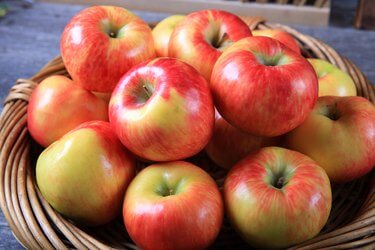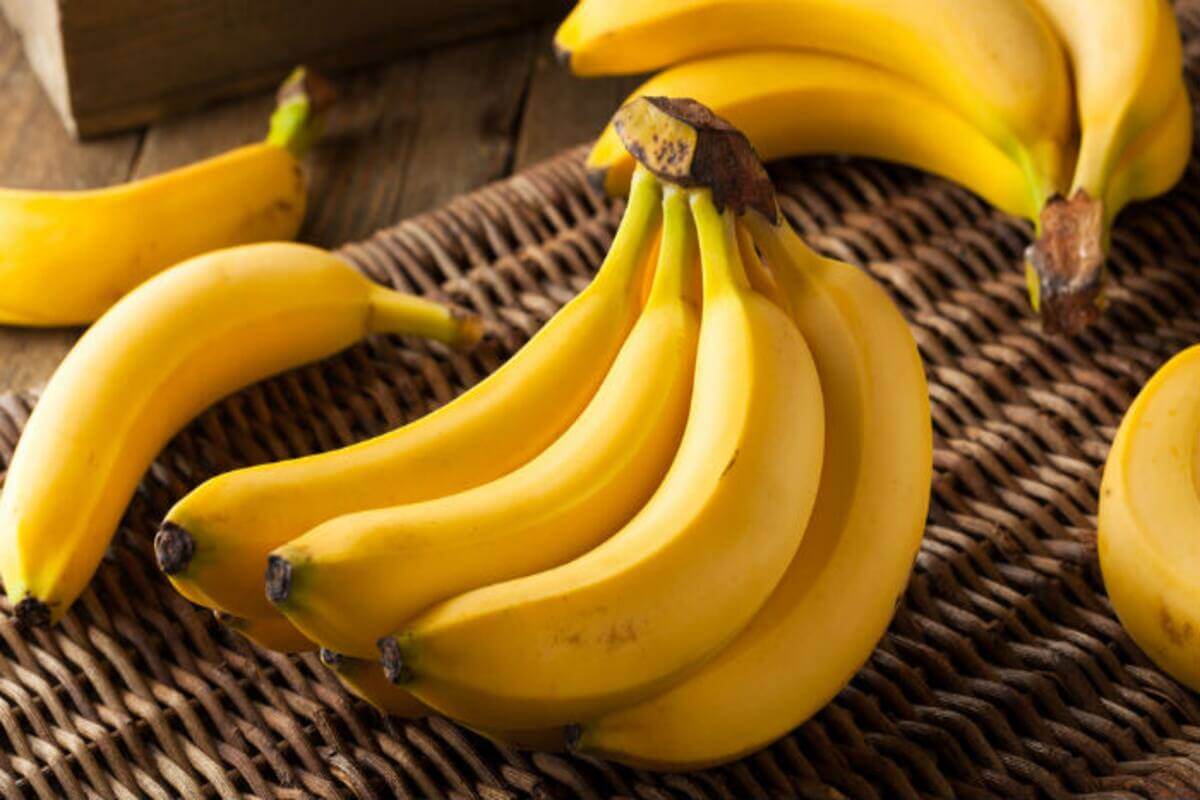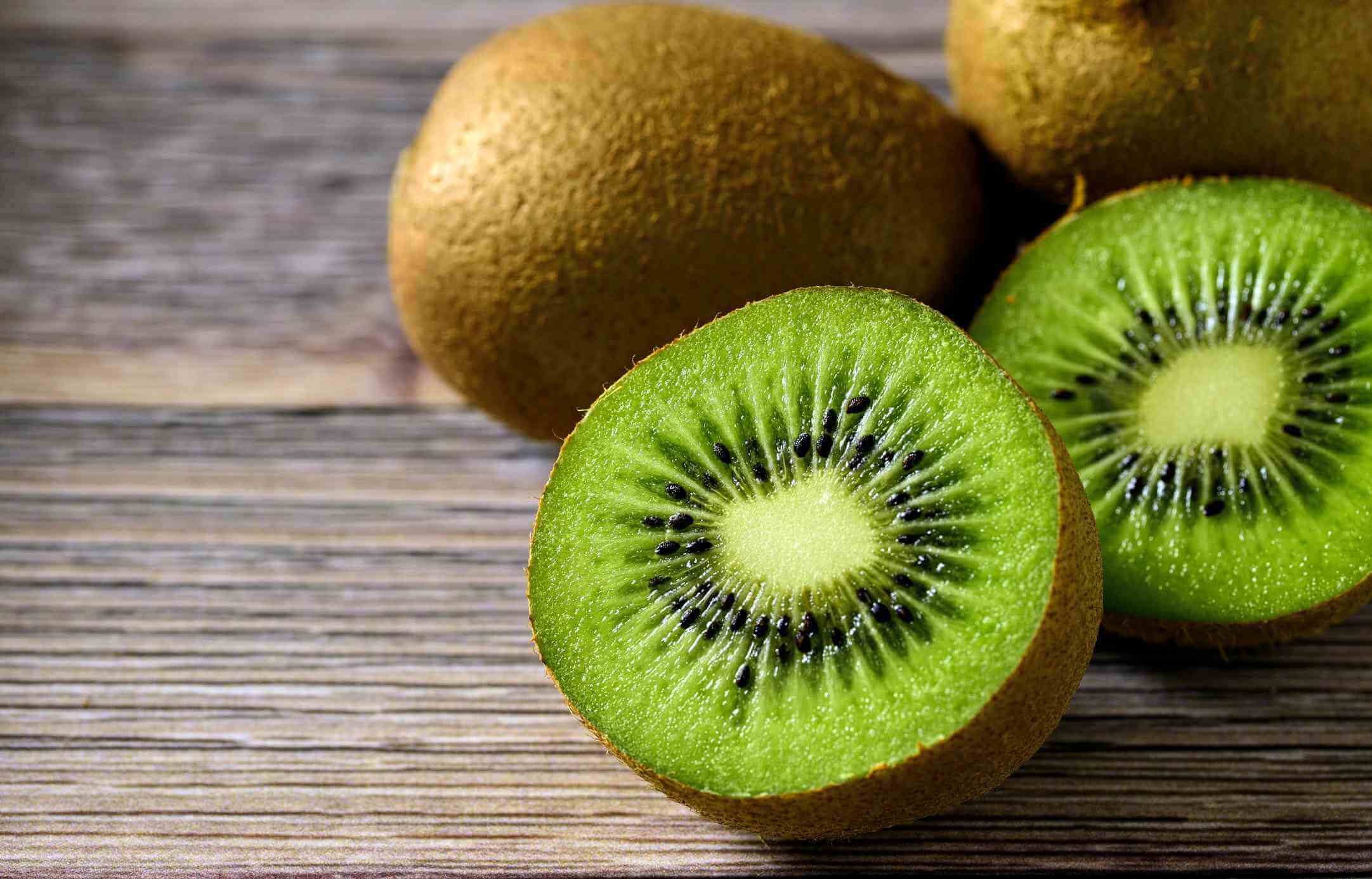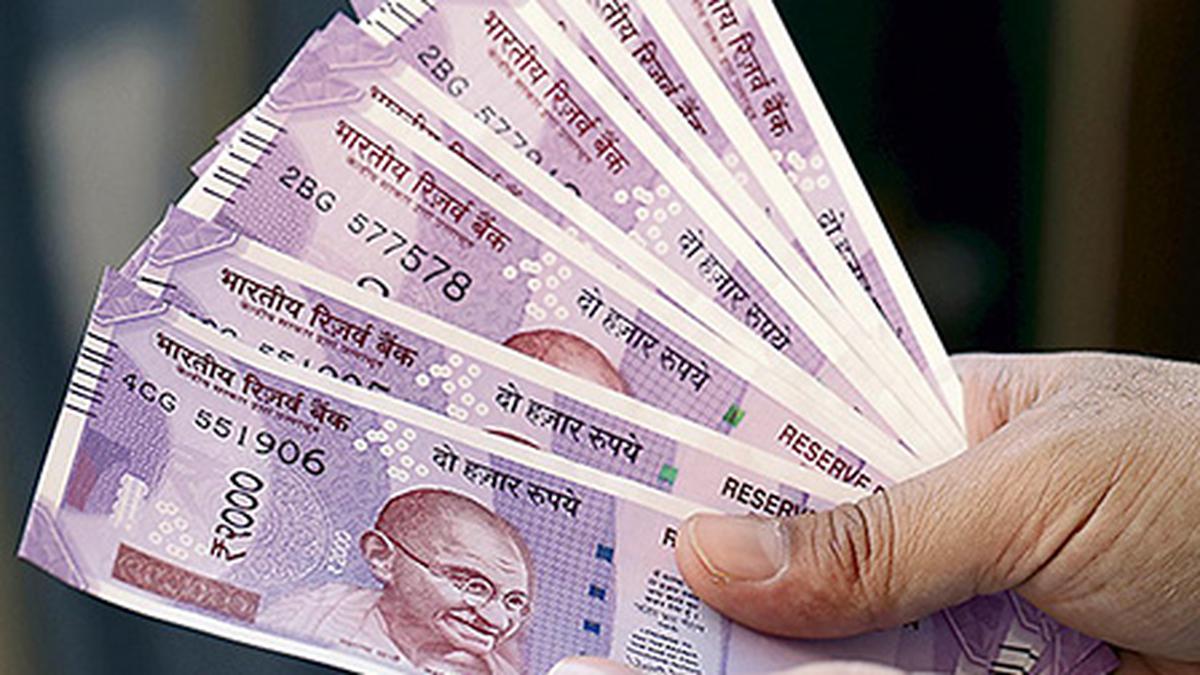Know THESE 5 benefits of Red Rice
Tue 21 May 2024, 00:17:18
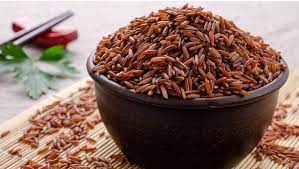
Red rice, a whole grain, derives its distinctive colour from anthocyanins, compounds also found in red cabbage and red onions, concentrated in the bran layer. Closely related to bioflavonoids, red rice serves as a potent antioxidant. Considered exotic in the U.S., it is cultivated globally. Varieties include short-grain red rice from southern France, similar to Bhutanese or Himalayan red rice, and Thai red rice, known as cargo rice, which resembles jasmine rice. California's Colusari rice has a burgundy hue. Prepared like brown rice, with a 1:2 rice-to-liquid ratio, red rice is prized in Ayurveda and holistic healing for its high fibre and iron content. Here are five compelling benefits of incorporating red rice into your diet.
Rich in nutrients:
Red rice is a powerhouse of essential nutrients. Unlike polished white rice, red rice retains its bran layer, which is packed with vitamins and minerals. It is a good source of magnesium, calcium, and vitamins B1 (thiamine) and B2 (riboflavin). Magnesium is crucial for numerous bodily functions, including muscle and nerve function, while calcium is essential for strong bones and teeth. The presence of B vitamins helps in energy production and supports brain health.
High fibre content:
One of the standout features of red rice is its high fibre content. Dietary fibre is essential for maintaining a healthy digestive system. It aids in regular bowel movements, preventing constipation, and can help in managing weight by promoting a feeling of fullness. High-fibre diets have also been linked to a reduced risk of developing
chronic diseases such as heart disease, diabetes, and colorectal cancer.
chronic diseases such as heart disease, diabetes, and colorectal cancer.
Supports heart health:
Several components of red rice contribute to heart health. The high fibre content helps in lowering bad cholesterol (LDL) levels, which is a significant risk factor for heart disease. Additionally, the magnesium in red rice aids in maintaining a steady heartbeat and supports normal blood pressure levels. The antioxidants present also play a role in reducing inflammation and preventing the oxidation of cholesterol, further supporting cardiovascular health.
Low glycemic index:
Red rice has a lower glycemic index compared to many other types of rice. The glycemic index (GI) measures how quickly a food can raise blood sugar levels. Foods with a low GI are absorbed more slowly, preventing rapid spikes in blood sugar. This makes red rice an excellent option for people with diabetes or those looking to manage their blood sugar levels. Consuming low-GI foods can also contribute to better weight management and reduced risk of heart disease.
Antioxidant properties:
The red colour of red rice is due to the presence of anthocyanins, a type of antioxidant. Antioxidants are compounds that fight free radicals in the body, which can cause oxidative stress and damage cells. By combating oxidative stress, antioxidants help in reducing inflammation and lowering the risk of chronic diseases such as heart disease, cancer, and neurodegenerative disorders. Including red rice in your diet can contribute to better overall health by providing these protective compounds.
No Comments For This Post, Be first to write a Comment.
Most viewed from
Most viewed from Health
AIMIM News
Latest Urdu News
Most Viewed
May 26, 2020
Which political party will win the Lok Sabha elections 2024 in India?
Latest Videos View All
Like Us
Home
About Us
Advertise With Us
All Polls
Epaper Archives
Privacy Policy
Contact Us
Download Etemaad App
© 2024 Etemaad Daily News, All Rights Reserved.






